41 where is information about allergens found on labels produced after december 2014
Food Allergens - Allergic Reation to Food | Eufic 1. Differences between food allergy and food intolerance. For a small percentage of people, specific foods or components of food may cause adverse reactions. These are typically classified as food allergies (i.e. reactions which involve the immune system) or food intolerances (i.e. reactions which do not involve the immune system). Allergens: a closer look at Sulphur Dioxide and Sulphites As with most allergies, the effect of sulphur dioxide and/or sulphites can vary. There are also known effects for sensitive individuals - and these can manifest in a number of delayed reactions including rashes, low blood pressure, diarrhoea and stomach pains. Asthma sufferers in particular have a higher risk of developing a reaction to ...
PDF Food allergen labelling and information requirements under the EU Food ... 1169/2011) (EU FIC) and Food Information Regulation (FIR) 2014 (SI 2014/1855) and corresponding Regulations in Wales, Scotland and Northern Ireland. Legal status of guidance 7. These notes have been produced to provide practical guidance about allergen labelling of prepacked food and allergen information provision for non-prepacked foods. 8.

Where is information about allergens found on labels produced after december 2014
The 14 Food Allergens | Complete List & Symptoms | Free Allergen Poster Gluten is the name of a family of proteins found in wheat, barley, rye and oats. It is often found in foods containing flour and therefore bread, baked goods, cereals and pasta. It can also be found in barley-based products such as beer, malt, malt vinegar and food colouring. Crustaceans These include crabs, lobsters, prawns, crabs and scampi. Dietary Supplement Label Database: Recent Developments and Applications ... The Food Allergy Labeling and Consumer Protection Act requires allergen labeling for 8 major allergens, namely milk, eggs, fish, crustacean shellfish, tree nuts, peanuts, wheat, and soybeans, since the presence of these, or of proteins derived from them, may be harmful to some consumers. FALCPA identifies eight foods or food groups as the major food allergens. They are milk, eggs, fish (e.g., bass, flounder, cod), Crustacean shellfish (e.g., crab, lobster, shrimp), tree nuts (e.g.,...
Where is information about allergens found on labels produced after december 2014. Food Allergies | Food Safety and Inspection Service A food allergy is a specific type of adverse food reaction involving the immune system. The body produces what is called an allergic, or immunoglobulin E (IgE), antibody to a food. Once a specific food is ingested and binds with the IgE antibody, an allergic reaction ensues. [ Top of Page] How many Americans have food allergies? Study of Advisories: 'May Contain' Labels Confuse and Mislead While labeling of the Top 8 allergens (Top 11 in Canada) is required if any of them is in an ingredient of a product, advisory labels for unintended inclusion of an allergen (this can occur in processing) remains voluntary. There are no rules governing when a manufacturer must include an advisory label, or which words to use. PDF Producing and sharing allergen information - Foundation Years New allergen labelling requirements were introduced in December 2014. This guide outlines the changes and ... and a reaction can be produced by just a tiny amount of a food. ... so some products may have been packed before December 2014, and so may include allergy information in the old format. Producing and sharing allergen information. Labeling Policies | Food Safety and Inspection Service information to a much broader, more diverse audience. For more information and to be added to the constituent fax list, fax your request to the Congressional and Public Affairs Office, at (202) 720-5704. List of Subjects. 9 CFR Part 317. Food labeling, Food packaging, Meat inspection. 9 CFR Part 381. Food labeling, Poultry and poultry products.
Food Allergen Labels: Guidance & Free Template Download These are the allergens that need to be labelled on the food products that you produce and/or sell. The 14 allergens that must be declared are: 1. Celery and celeriac. 2. Cereals containing gluten. 3. Crustaceans, for example lobster and prawns. 4. Eggs. 5. Fish. 6. Lupin. 7. Molluscs, for example mussels and squid. 8. Milk. 9. Mustard. 10. FDA Food Labeling Guide Made Easy | Jenn David Design FDA Food Labeling Guide Made Easy. November 1, 2013. By Jenn David Connolly. UPDATED NOVEMBER 2016: This post reflects several updates in 2016 to incorporate the FDA's new nutrition facts format and a few other things that people have been asking about. Enjoy! PDF GLUTEN LABELLING GUIDANCE - Allergy UK The introduction of the Food Information to Consumers (FIC) Regulation, which entered into force in December 2014, resulted in significant changes to the labelling of allergens on prepacked foods. This UK best practice guidance aims to provide advice to food business operators, irrespective of size, on how to label Allergen labelling for food manufacturers 14 allergens If your product contains any of the main 14 allergens as an ingredient or processing aid, it must be included on the label. The 14 main allergens are: celery cereals containing gluten...
allergen information appears on labels - Institution of Occupational ... From 13th December 2014 the EU Food Information for Consumers Regulations (EU FIC) will change the way allergen information appears on labels and on food that is pre packed, sold loose, or served when eating out. Looking to see if anyone has any information regarding these new regulations and how they will effect remote/offshore work sites . Readability of product ingredient labels can be improved by simple ... This is rather similar to the requirements for labelling of foods. A new EU regulation on food information for consumers will apply from 13 December 2014, and includes a requirement for a minimum font size (0.9 or 1.2 mm, depending on the package surface area) for mandatory information such as that in the ingredient label 7. Allergy label landmines: a guide to the new food allergen legislation The 14 major allergens that will be declared in Ireland and the EU are as follows: - Cereals containing gluten, such as wheat (spelt and Khorasan wheat), barley, rye and oats - Crustaceans such as... PDF Food allergen labelling and information requirements food allergen information (relating to 14 substances listed in the FIC that are known to cause allergies) is accurate, available and easily accessible to the consumer. The FIC allows Member States to make a distinction between prepacked foods and non-prepacked foods in how mandatory allergen information is provided to consumers. 2.
Guidance for Industry: Food Labeling Guide | FDA You also can consult FDA's Industry Resources. Contact Us Office of Nutrition and Food Labeling, HFS-800 Center for Food Safety and Applied Nutrition Food and Drug Administration 5001 Campus Drive...
Allergen labelling: Current practice and improvement from a ... research shows that allergic consumers experience difficulties to identify, locate, read and understand the allergen information on food labels, but further study is needed on how allergy information might be best provided. 12, 13 studies systematically analysing allergen information on food labels mainly focussed on compliance with legal …
Food Package Labeling - an overview | ScienceDirect Topics K.A. Roche, in Encyclopedia of Food and Health, 2016 Abstract. Food labels in Europe are governed by the Food Information to Consumer (FIC) regulation 1169/2011. There are 12 mandatory pieces of information that must be present on all European Union (EU) food labels: product name, list of ingredients, allergens, quantitative ingredient declaration, net quantity, durability dates, storage ...
Allergen Labelling from December 2014 - Positive ID Labels To see the full article about the December 2014 Allergen Labelling Food Changes, please click here. Celery Celery includes the root (Celeriac), leaves, seeds and celery stalks. Celery is found in stock cubes, celery salt, salads, soups and some meat products. The root (Celeriac) contains more allergen than the stalk.
FALCPA identifies eight foods or food groups as the major food allergens. They are milk, eggs, fish (e.g., bass, flounder, cod), Crustacean shellfish (e.g., crab, lobster, shrimp), tree nuts (e.g.,...
Dietary Supplement Label Database: Recent Developments and Applications ... The Food Allergy Labeling and Consumer Protection Act requires allergen labeling for 8 major allergens, namely milk, eggs, fish, crustacean shellfish, tree nuts, peanuts, wheat, and soybeans, since the presence of these, or of proteins derived from them, may be harmful to some consumers.
The 14 Food Allergens | Complete List & Symptoms | Free Allergen Poster Gluten is the name of a family of proteins found in wheat, barley, rye and oats. It is often found in foods containing flour and therefore bread, baked goods, cereals and pasta. It can also be found in barley-based products such as beer, malt, malt vinegar and food colouring. Crustaceans These include crabs, lobsters, prawns, crabs and scampi.
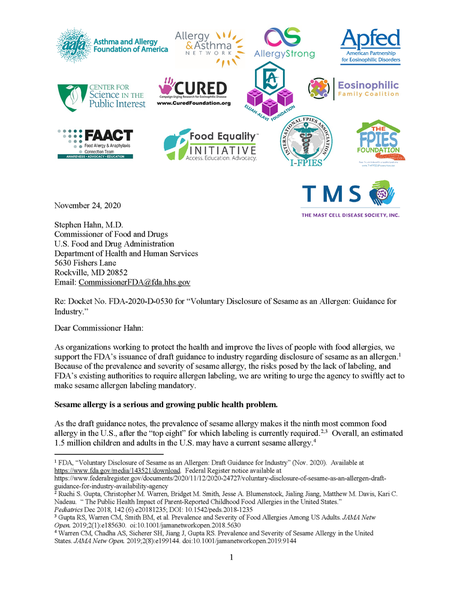















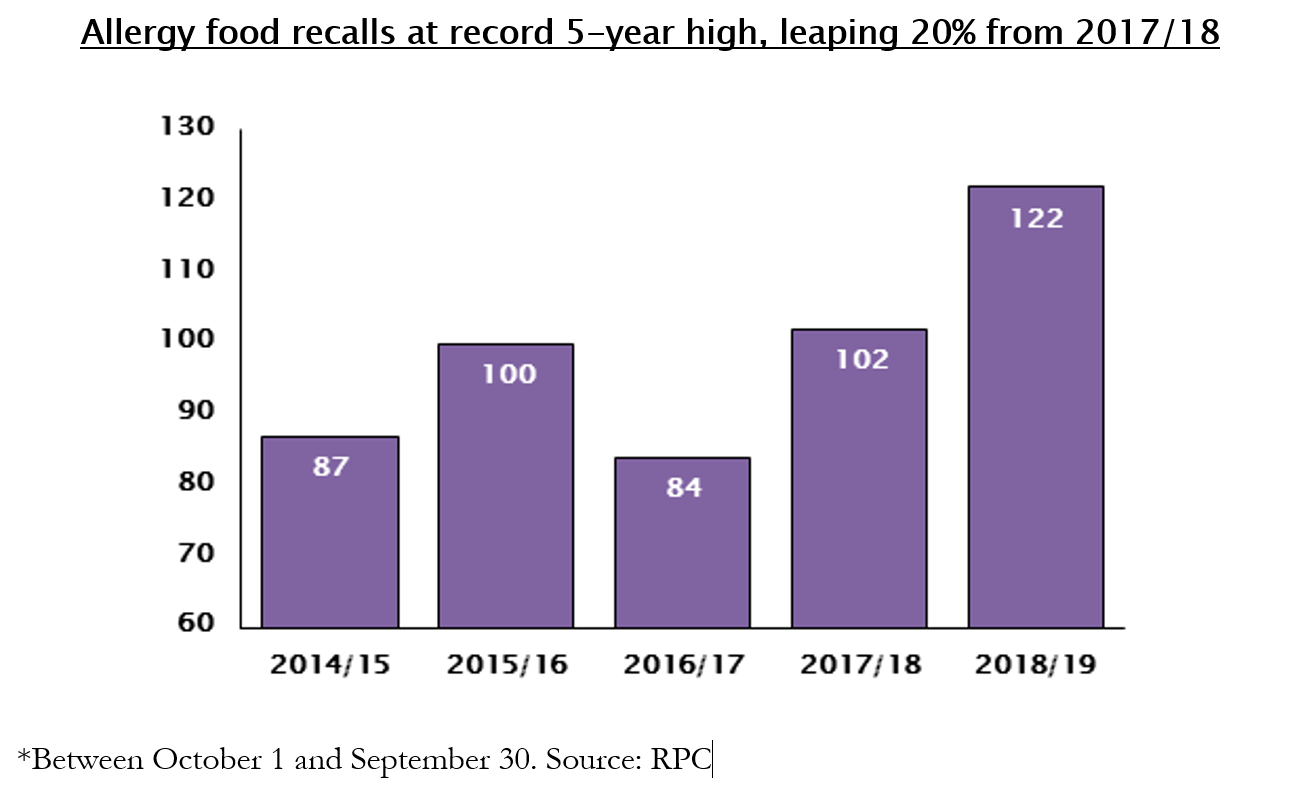
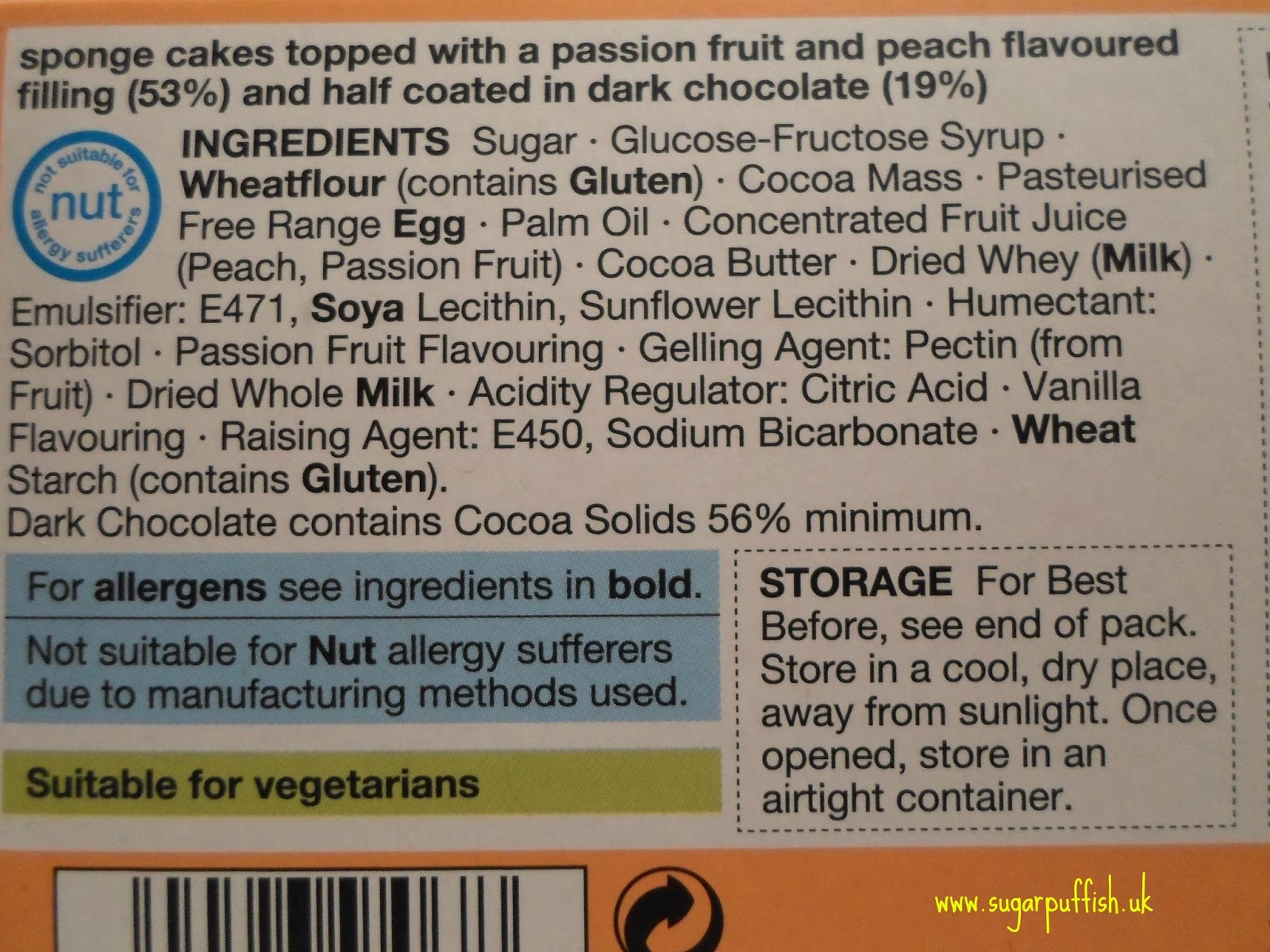

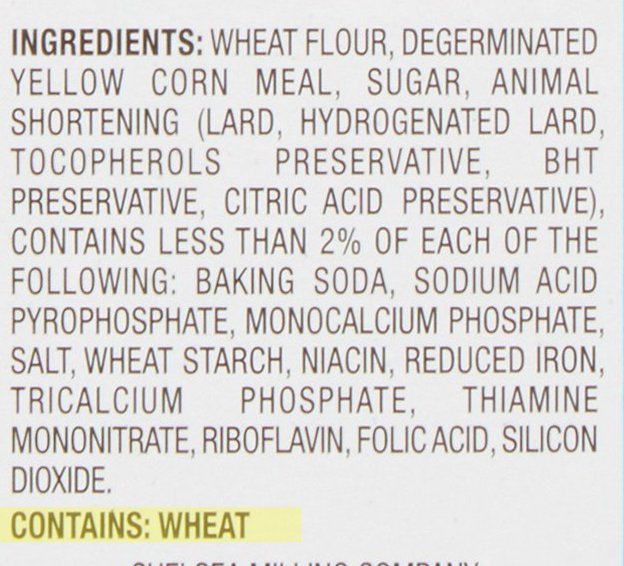






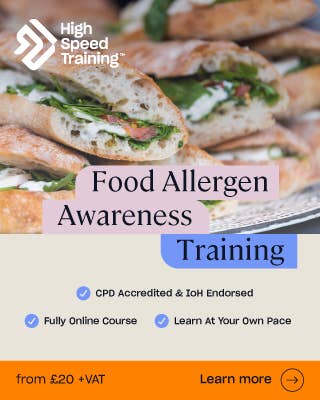
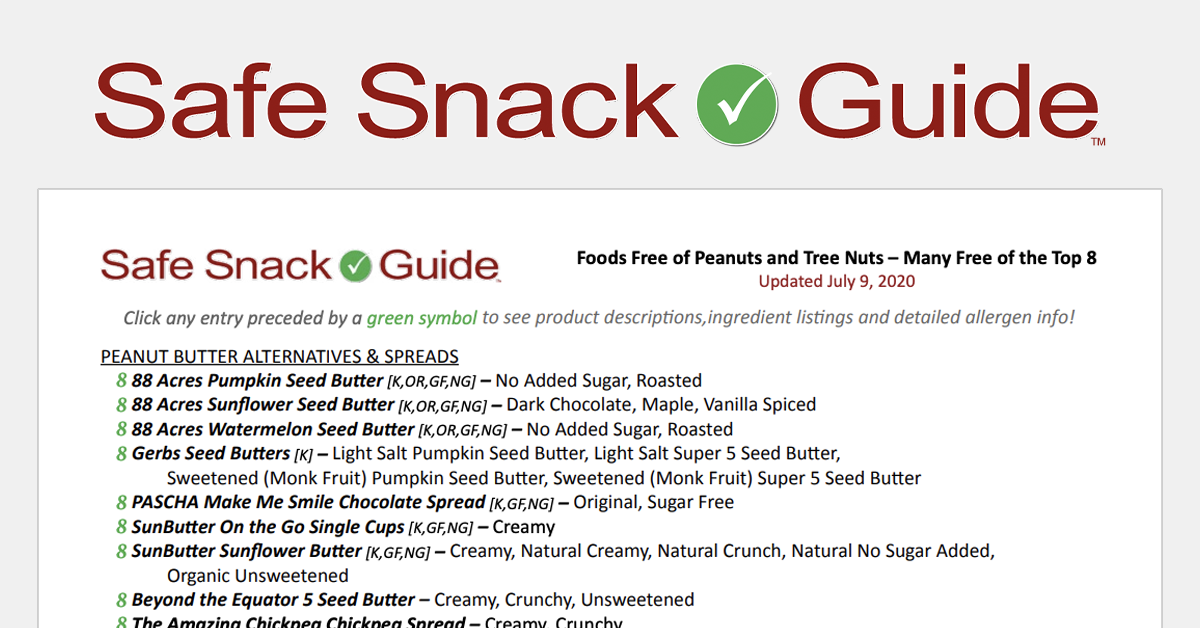
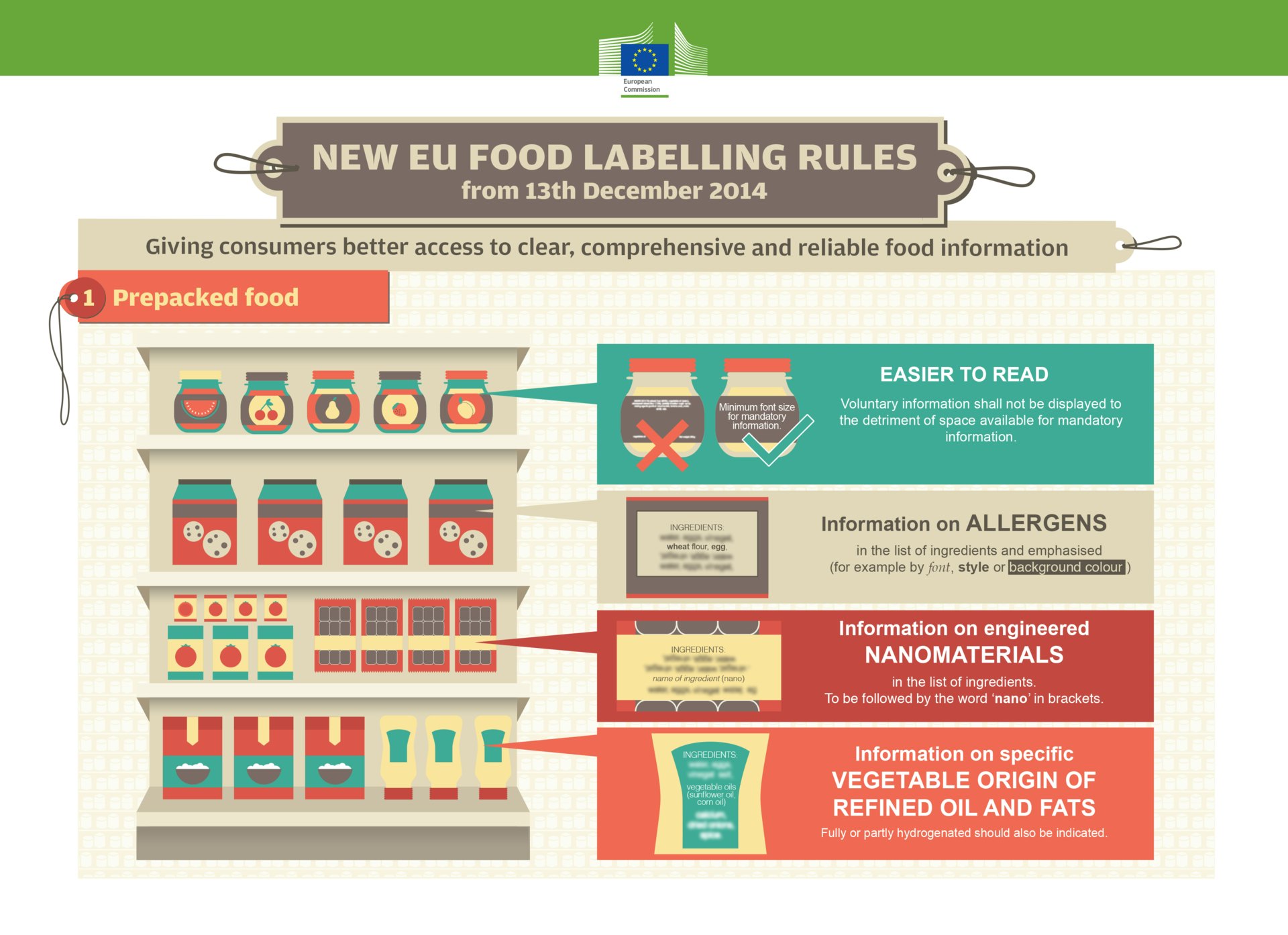




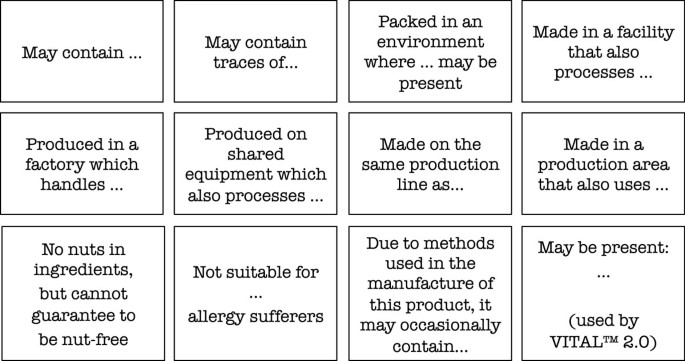


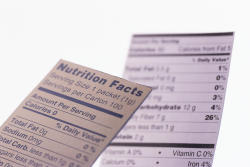

Post a Comment for "41 where is information about allergens found on labels produced after december 2014"